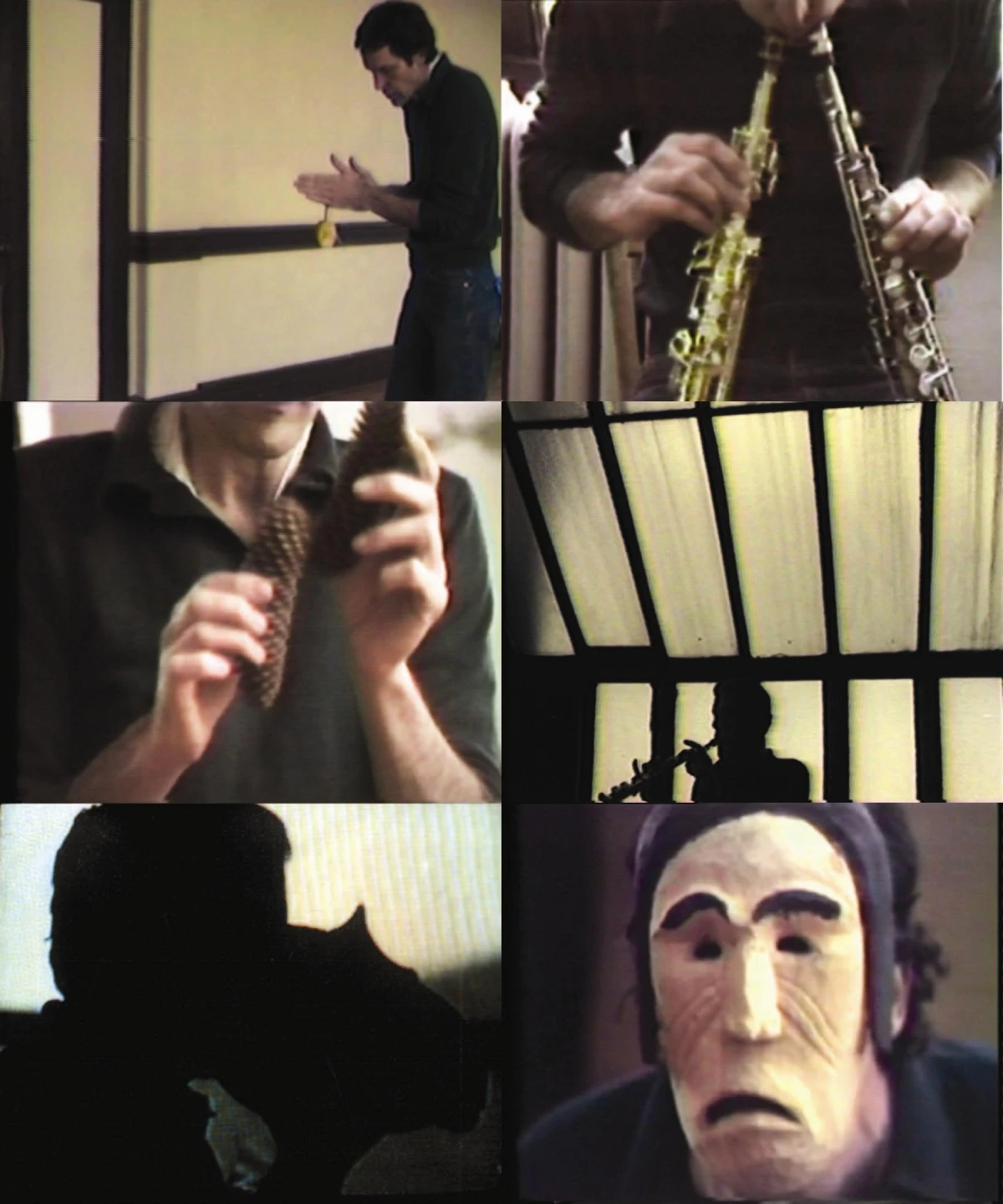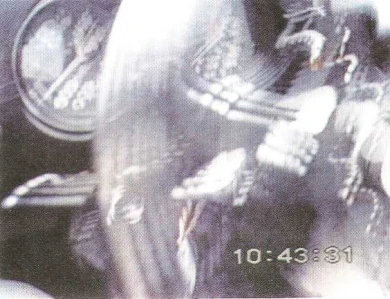La imagen sublime. Vídeo de creación en España (1970-1987)

<p></p>
Video emerges in the middle of the Sixties with the launch of the home system of video tape recording onto the US market. Its early years are marked and driven by the television industry, with video art progressively gaining higher status within the context of new art mediums as time moves on. Its use becomes more widespread during the first half of the Seventies, being employed for other means that could be classified at the time under three headings: documentary video, electronic experimentation video and conceptual video, closely linked to the evolution of performance art.
In 1970 the Carnegie Museum of Art in Pittsburgh publishes a list of presentations of work by a new group of video artists, largely contributing to the institutionalisation of the genre. Yet the absence of a theoretical corpus in the early years limits video art to being a discipline, giving rise to the coexistence of diverse formats that are not always akin to plastic arts. Notwithstanding, the work of pioneers such as Nam June Paik and Wolf Wostell play a significant part in defining video art as a new artistic medium.
The exhibition, organised by the Centro de Arte Reina Sofía, displays video art practices in Spain as new, and widely accepted, artistic expression through a short, but relevant, exhibit. It reflects the historic evolution of the creative uses of the electromagnetic support in Spain from its first inception in 1970.
The exhibit, curated by Manuel Palacio, brings together over thirty works that are also responsible for the creation of the Centro de Arte Reina Sofía's audiovisual content. Artists such as Antoni Miralda, Alfonso Albacete, Juan Carlos Eguillor and “El Hortelano” take part in the collection, made up primarily of works from the Eighties, with the video art piece by Juan Navarro Baldeweg in 1975 and pioneering work between 1970 and 1971 the exceptions.
Primera muerte (1970), a twenty-eight minute video made by Silvia Gubern, Jordi Gali, Ángel Jove and Antoni Llena, is displayed as the first video art work produced in Spain. The piece was made for a conference in the Colegio de Arquitectos in Barcelona and reflects a day in the life of one of the authors while a text from William Burroughs is read out. It ends with an image of the conference attendees just minutes before they enter the hall.
Already aware of the use of video recording as an artistic medium, Antoni Muntadas records Subsensorial Actions in 1971; a twelve- minute-long piece that registers actions carried out with a series of objects available for experimentation whilst blindfolded. The montage and planning employed in this work reveal certain traits that will remain with video art throughout the decades that follow.
Just one year later, in 1972, the Documenta 5 and the Encuentros de Pamplona bear witness to the first signs of video's relationship with art and the predominant conceptual trends of the time. These first steps are key the genre's popularity in the Eighties, a period when numerous artists become interested in the potential of the medium, giving rise to different sub-genres within video art.
Artists
Organised by
Ministerio de Cultura
Image gallery

